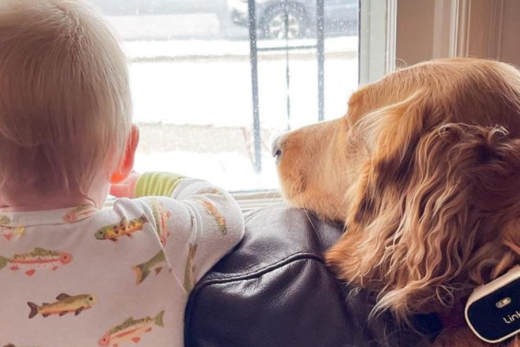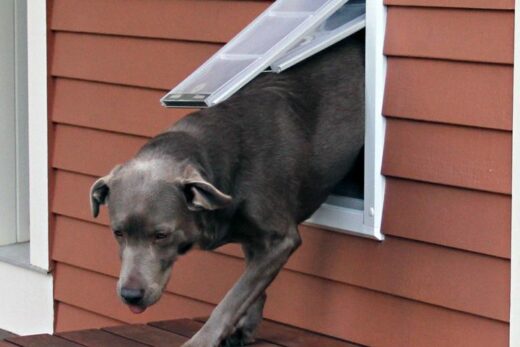If you’re looking for a cozy companion and don’t mind the odd water glass, flower pot, or cereal bowl knocked off of the counter, you might be the world’s next best cat parent.
When you adopt a cat, you’ll join a massive community—over 31.8 million people in the US cohabitate with at least one feline companion. But, most of those cat parents have one thing in common—they deal with cat hair piling atop their sofas, countertops, and favorite wool sweaters. You may notice that the shedding is more intense during specific seasons. Do cats or dogs shed more in the summer? It is possible that external conditions influence shedding.
Whether you have allergies or you simply don’t like vacuuming, this guide will break down a list of ten low-shed cat breeds that will steal your heart and explore everything you need to know about keeping your home shed-free, including incorporating CBD for cats into your fluffy friend’s wellness plan.
Are There Any Shed-Free Cats?
While plenty of hairless cats roam the world, truly non shedding cats simply don’t exist.2
That being said, all cat breeds commonly shed one or both of the following:
- Hair from their topcoat or undercoat
- Dander—dead skin flakes—which contain Fel d1, a common allergen3
Even hairless cats shed dander as old skin cells die, dry up, and flake off when they’re replaced by regenerating skin cells. So, if you’re looking for a truly shed-free feline experience, you’re out of luck.
But, there are some cat breeds that shed markedly less than their fur-depositing counterparts, helping pet owners with allergies or a distaste for lint rollers fulfill their cat-cuddling dreams without constant cleaning.
10 Low-Shed Cat Breeds
Let’s explore ten of the most popular low-shed cat breeds—whether they’re hairless or have very dense coats, the following breeds keep shedding to a minimum, but none are completely shedless.4
#1 Peterbald
Peterbald cats are slightly rare, but they offer some of the lowest shedding potential among housecats. But, don’t let their name mislead you—they’re not always completely hairless.
In fact, Peterbalds can have five different coat types, each one distinguishable from the rest:
- Hairless or with short, fine hair on their extremities only
- Full-body peach fuzz
- Downy, soft, short, and straight fur
- Wiry fur of varying lengths throughout the body
- Typical, full-body shorthair coat
While they’re an excellent low-shed choice for future cat parents, they can be difficult to find.
#2 LaPerm
LaPerms are the comedians of the cat world—they’re playful, clever, and mischievous, making them the perfect cat companions for families with children or pet parents who love cuddling on the couch.
While LaPerms have hair, their coats are relatively low-maintenance. Their hairs are soft and slightly curly, and even their light shedding can be reduced with regular brushing with a greyhound comb or slicker brush.
But, in your efforts to reduce your LePerm’s shedding, skip the blow dryer—weakening their soft hairs can lead to frizzing and more shedding than before.
#3 Sphinx
One of the world’s favorite cat breeds, the Sphinx is often considered to be hairless—however, Sphinxes are rarely completely hairless, often displaying:
- Full-body peach fuzz
- Fur on their face
- Hairs on the backs of their ears
While Sphinx cats are attractive for their relative lack of hair, they can be slightly high-maintenance. Vets recommend bathing them regularly to regulate their oil production and keep them clean since they don’t have a strong fur layer to keep dirt away from their skin.
#4 Cornish Rex
The Cornish Rex is a unique breed characterized by:
- Long, spindly legs
- Large ears
- Very short, curly coats
In fact, the Cornish Rex’s curls are so tight to their bodies that they can sometimes resemble corrugated metal—talk about washboard “abs.”
But, since their hairs are very short and the waves cling very closely to the skin, they don’t require much maintenance. They shed very little even without regular brushing or bathing.





